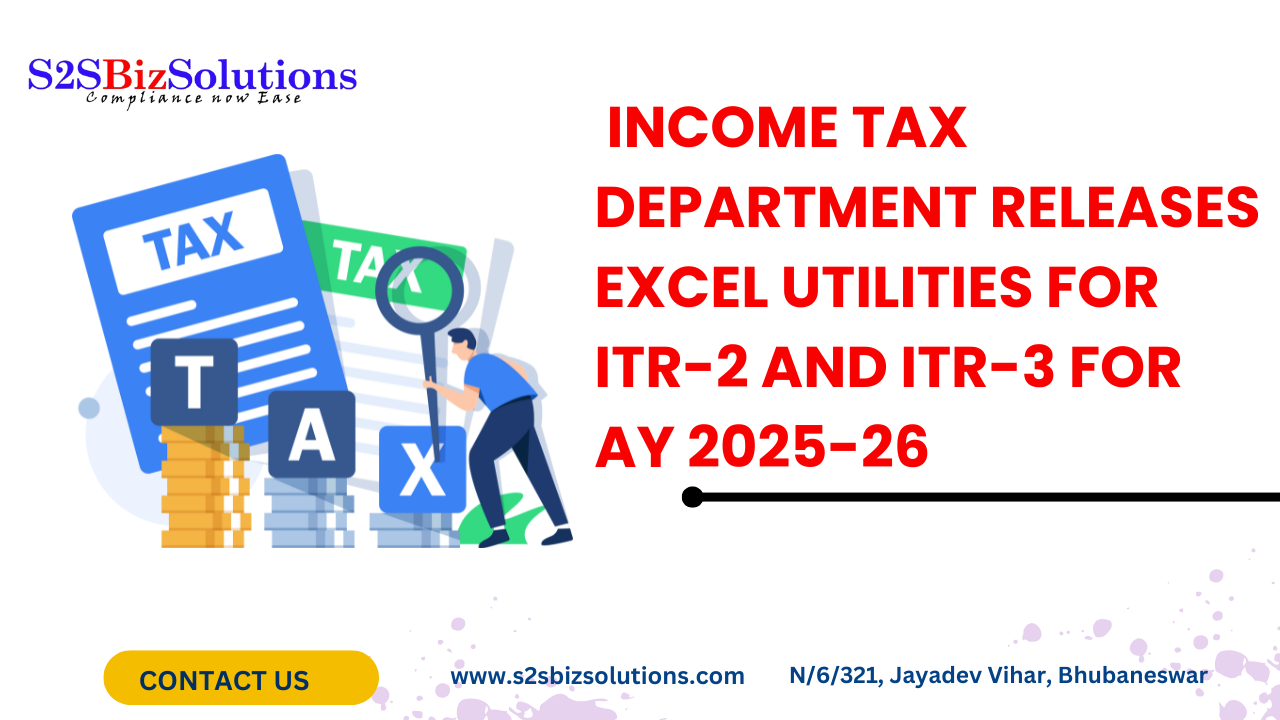
GST (Goods and Services Tax) registration for e-commerce sellers is crucial in many countries, especially in India, where the tax structure has been overhauled with the introduction of the GST regime in July 2017. Here's a breakdown of the process and key points for e-commerce sellers in India:
1. **Definition of E-commerce under GST**: As per the GST law, e-commerce is the supply of goods and/or services, including digital products, over a digital or electronic network.
2. **Mandatory Registration**: Unlike other businesses where there is a threshold limit for GST registration, e-commerce sellers have to mandatorily register for GST regardless of their annual turnover.
3. **GST Rate**: The GST rate will depend on the type of goods or services being sold. E-commerce sellers must ensure they apply the correct GST rate on their products or services.
4. **Tax Collection at Source (TCS)**:
- E-commerce platforms (like Amazon, Flipkart) are required to deduct 1% TCS (Tax Collected at Source) before making the payment to the seller. This means if an e-commerce platform owes an e-commerce seller ?100, they would pay ?99 to the seller and remit ?1 to the government as TCS.
- The seller can claim credit for this TCS against their GST liability.
5. **GST on E-commerce Aggregator**: If you are an e-commerce operator or aggregator, you would also be required to collect tax at 1% TCS from the sellers listed on your platform.
6. **Filing of Returns**: E-commerce sellers have to file their GST returns monthly. The returns will detail out the sales, tax collected, and input tax credit availed.
7. **GST Invoice**: The seller should provide a GST-compliant invoice to the buyer. The invoice should have all the necessary details like GSTIN, HSN code of the products, tax rate, etc.
8. **Reverse Charge Mechanism (RCM)**: RCM is not applicable to e-commerce sellers. E-commerce operators are exempted from RCM provisions. This means e-commerce sellers don't have to pay GST on behalf of their suppliers.
9. **Registration in Multiple States**: If you are storing goods in warehouses across multiple states, you would be required to take GST registration in each of those states.
**Steps to Register for GST as an E-commerce Seller**:
1. Go to the official GST portal: [https://www.gst.gov.in/](https://www.gst.gov.in/)
2. Click on 'Register Now' under Taxpayers (Normal/TDS/TCS).
3. Select the 'New Registration' option.
4. Fill in all the necessary details, including the type of business, state, district, email ID, and mobile number.
5. Enter the OTP received on the email and mobile number to verify.
6. After verification, you'll receive a Temporary Reference Number (TRN) on your email and mobile.
7. Use the TRN to log in again.
8. Fill in all the required business details and upload necessary documents.
9. Complete the application and submit. After verification, you'll receive your GSTIN (GST Identification Number).
Remember, the GST structure and regulations might undergo changes, so it's always a good idea to consult with a tax expert or accountant, especially when dealing with e-commerce, to ensure full compliance with the law.

















